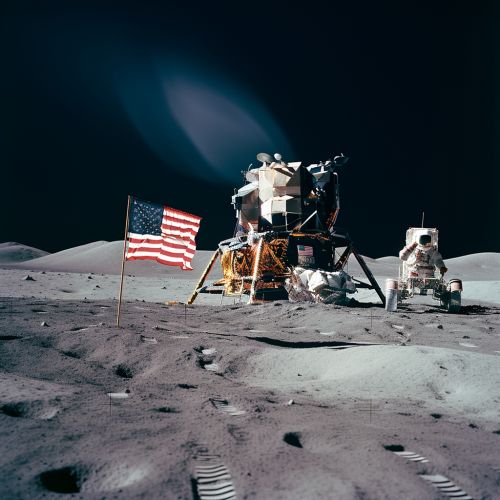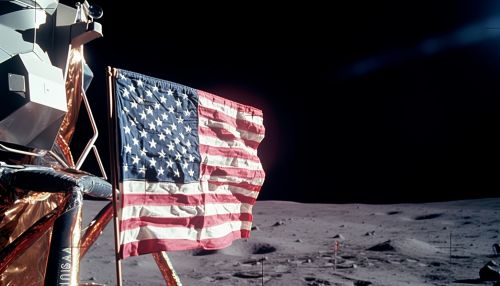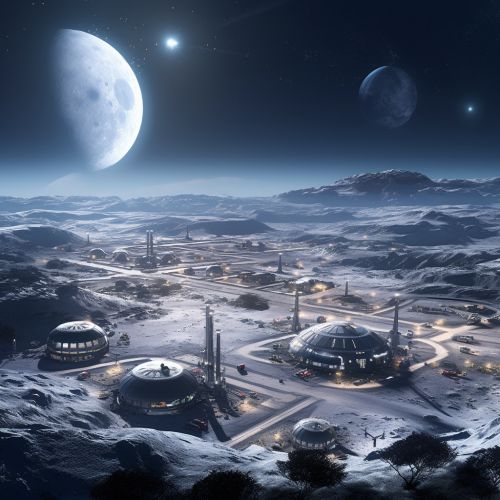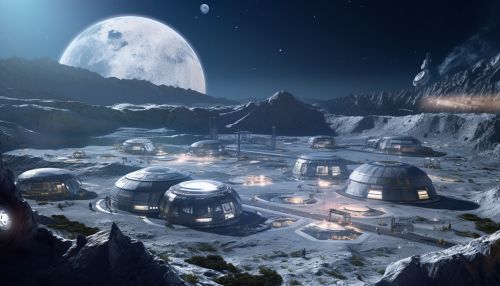Lunar exploration
History of Lunar Exploration
The exploration of Earth's moon, or lunar exploration, has been a significant part of human history, beginning with the invention of the telescope in the 17th century. Early astronomers, such as Galileo, were able to observe the moon's surface and make detailed sketches of its features.


In the 20th century, the advent of space travel allowed for direct exploration of the moon. The Soviet Union and the United States were at the forefront of these efforts, with the Soviet Luna program and the American Apollo program being the most notable.
Soviet Luna Program
The Soviet Luna program was the first to achieve a number of significant milestones in lunar exploration. Luna 2, launched in 1959, was the first human-made object to reach the moon. Luna 3, also launched in 1959, was the first to capture images of the far side of the moon.
American Apollo Program
The American Apollo program, running from 1961 to 1972, was the first to successfully land humans on the moon. The first manned mission, Apollo 11, landed on the moon on July 20, 1969, with astronauts Neil Armstrong and Buzz Aldrin becoming the first and second people to walk on the moon.


Lunar Geology
The study of lunar geology has been a major focus of lunar exploration. The moon's surface is covered with a layer of fine dust, known as lunar regolith, which is composed of small fragments of rocks and minerals. The moon's surface also features a number of large, round depressions known as craters, which are the result of impacts from meteoroids.
Lunar Atmosphere
The moon has a very thin atmosphere, known as an exosphere. This exosphere is composed primarily of hydrogen, helium, and neon, with trace amounts of other gases. The presence of this exosphere has important implications for future lunar exploration and colonization efforts.
Future of Lunar Exploration
The future of lunar exploration is bright, with a number of countries and private companies planning missions to the moon. These include the American Artemis program, which aims to return humans to the moon by 2024, and the Chinese Chang'e program, which has already successfully landed a rover on the far side of the moon.


